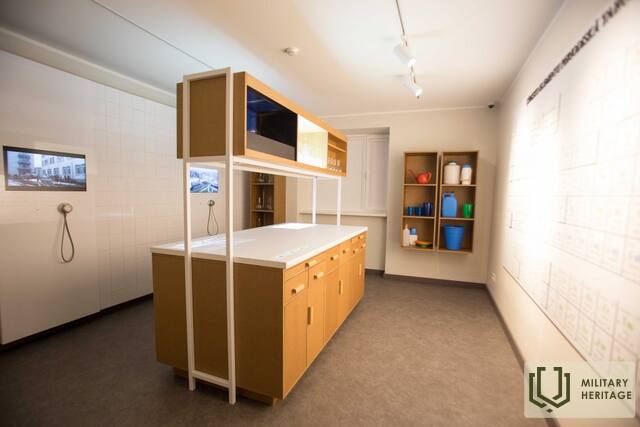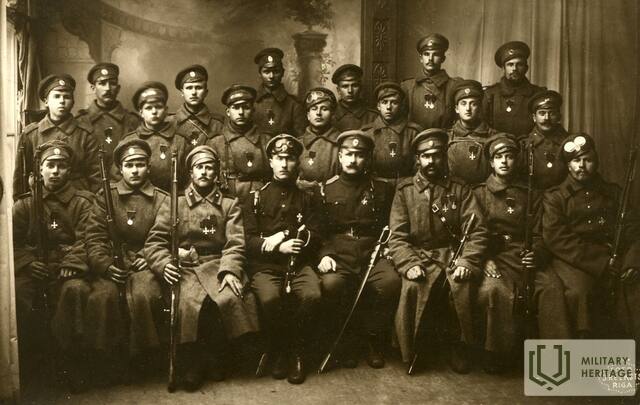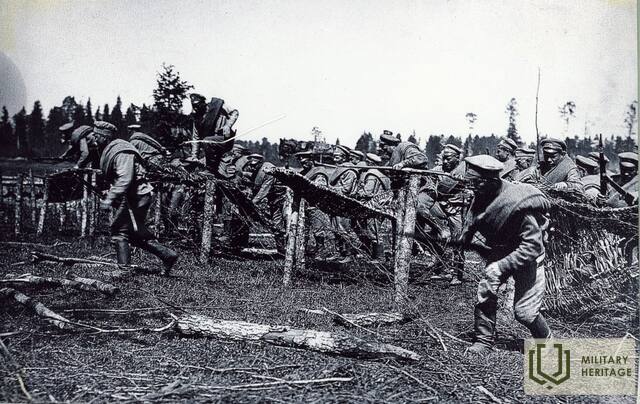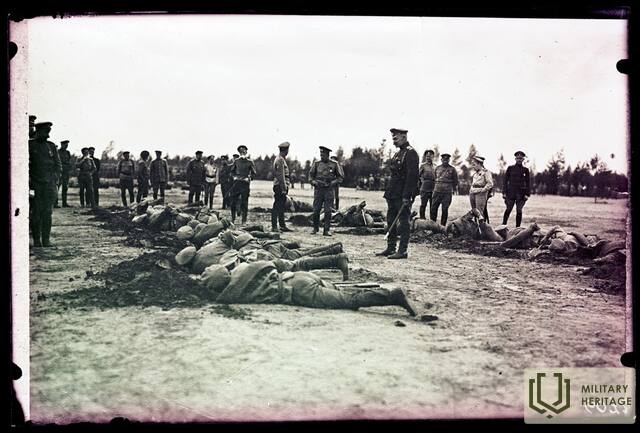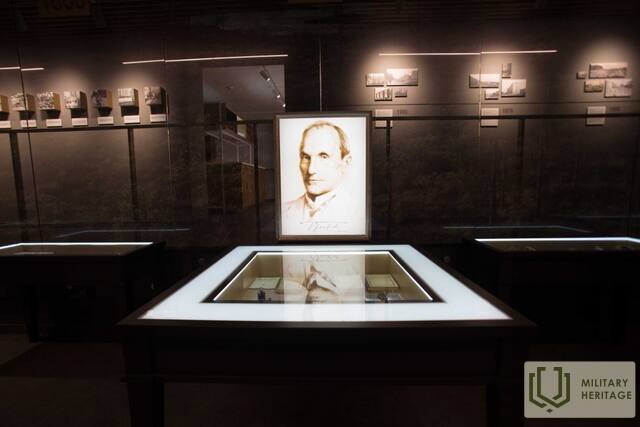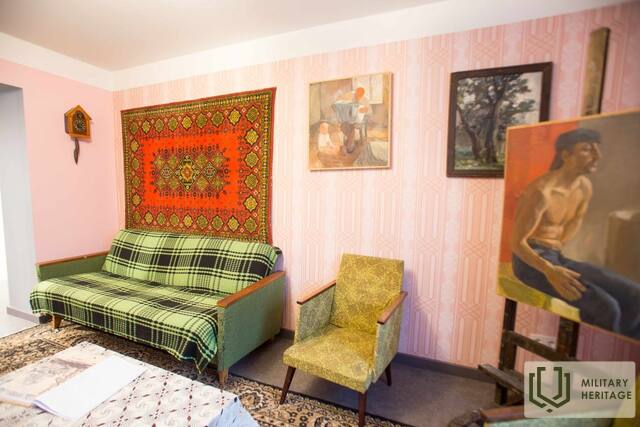Olaine istorijos ir meno muziejus Muziejus

Olainės istorijos ir meno muziejaus ekspozicija pasakoja apie sovietinės okupacijos laikotarpį Olainėje. Muziejaus teritorijoje sukurtas Pirmojo pasaulinio karo žvalgybinis maršrutas su restauruotais įtvirtinimų elementais. Vietoje, kur anksčiau buvo Pirmojo pasaulinio karo Rusijos armijos gynybos linija, pastatytas rusų kareivio tipo apkasas, o lankytojai gali apžiūrėti šaudymo bokšto fragmentą. Jaunolainėje, sankryžoje su Plakanciemu, galima pamatyti Pirmojo pasaulinio karo gelžbetoninį įtvirtinimą. Pirmojo pasaulinio karo metu šioje vietovėje vyko aktyvūs mūšiai tarp Rusijos ir Vokietijos armijų. Latvijos šaulių daliniai dalyvavo žvalgyboje ir įvairiose kitose operacijose. Pelkėtos žemės apsunkino gynybą, tačiau tai buvo labai svarbi teritorija Latvijos karinėje istorijoje. Olainė susiformavo dėl patogios vietos tarp Jelgavos ir Rygos, kur šiuo metu yra Jaunolainė. Netoliese buvo Olainės dvaras. Dabartinė Olainė buvo pastatyta sovietinės okupacijos metu, kai čia pradėjo veikti pramonės įmonės.
Panaudoti šaltiniai ir literatūra:
Oficiali Olainės istorijos ir meno muziejaus svetainė. Prieiga per internetą: https://olainesmuzejs.lv [Žiūrėta: 2021-03-20].
Edukacinės programos
Palieskite praeitį. Supratimas šiandien
Programos tikslas – skatinti mokinius domėtis praeitimi, jos įvykiais, ieškoti sąsajų su dabartimi. Peržiūrėkite iš viso 5 trumpus filmus apie gyvenimą ir kasdienybę Latvijoje XX amžiuje. antroje pusėje. Susipažinkime su „laiko kapsulėje“ siunčiamais daiktais, jų kilme, gamintoju..., taip pat sužinokime, kaip ir kur ieškoti gamintojo. Ir tada, atlikdami užduotis ir žaidimus, įvertinkite ir palyginkite tuos laikus su šiandiena. Ši programa nėra apie karą, bet ji neabejotinai susijusi su karo pasekmėmis Latvijos žmonių kasdieniam gyvenimui ir ekonomikai.
Kelionės laiku. 1919 m.
Programos tikslas – skatinti Lačplėsio dienos supratimą ir stiprinti naujosios kartos tautinį identitetą. Šioje pamokoje mokiniai, susiskirstę į komandas, turi galimybę nukeliauti į 1919 m. ir prisiimti dviejų priešininkų – Latvijos armijos ir Bermonto kariuomenės – vaidmenis. Naudodamiesi tinkama įranga, jie atliks įvairias užduotis, įsikurs gynybinėse pozicijose, eis žvalgyti ir statys slėptuves, kad pamokos pabaigoje nustatytų istorinį nugalėtoją. Maršrute sukurtas žiedinis pėsčiųjų takas, kuriame yra bunkeris, žeminė, artilerijos punktas ir patranka. Visos minėtos apžvalgos aikštelės yra ten, kur archeologiniai kasinėjimai rado jų buvimo vietos įrodymų. Šiame maršrute taip pat yra atminimo akmuo žuvusiems laisvės kovoje ir maketas, vaizduojantis kareivių gyvenvietę Pirmojo pasaulinio karo metais. Visame take yra ženklai su instrukcijomis Brailio raštu, ir viskas pritaikyta neįgaliesiems vežimėliuose, kad žmonės taip pat galėtų tyrinėti ir mėgautis šia vieta.
Susijusi laiko juosta
Susijusi istorija
Apie Latvijos šaulius Olainės apylinkėse
Memuaruose atsispindi kasdienis Latvijos šaulių gyvenimas Olainės apylinkėse. Aprašomos ne tik gyvenimo sąlygos, bet ir jų įprasta užduotis – priešo pozicijų žvalgyba.
Gynybinių pozicijų kūrimas.
Aprašyme nagrinėjamos mūšio lauko įtvirtinimų problemos apskritai. Jis grindžiamas Pirmojo pasaulinio karo patirtimi ir situacija, kai reikėjo organizuoti didelius įtvirtinimų kūrimo darbus.




